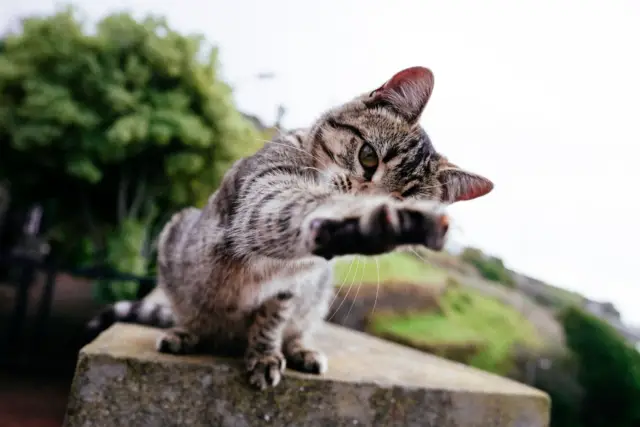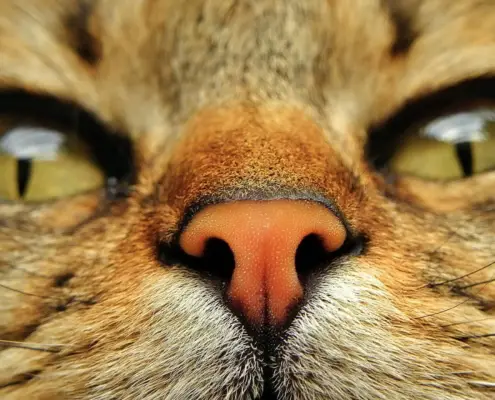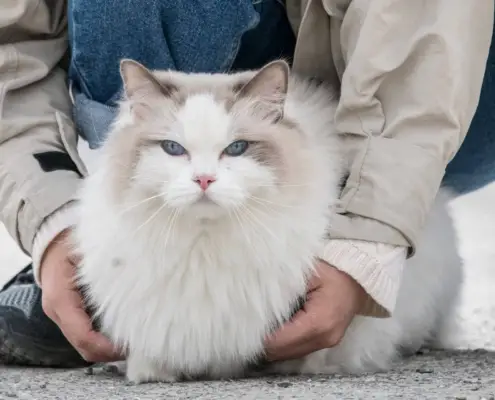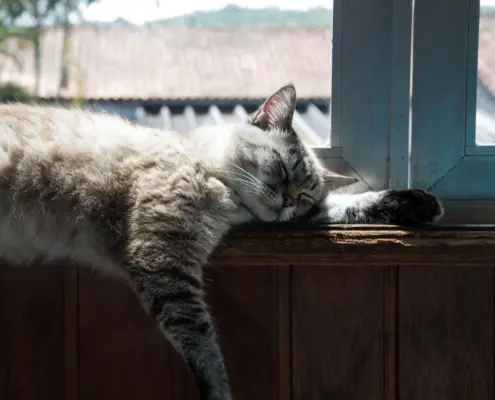
When it comes to our furry friends, we often wonder about their unique preferences and characteristics. One such intriguing aspect is their taste buds. Have you ever wondered if cats truly have more taste buds than dogs? In this article, we will delve into the fascinating world of feline and canine taste buds and explore the differences between them.
The Biology of Taste Buds in Cats and Dogs
To understand the differences in taste buds between cats and dogs, it’s essential to first explore their biology. Both cats and dogs have taste buds located on their tongues, but the distribution and number of taste buds vary. Cats have around 470 taste buds, while dogs have approximately 1,700 taste buds. Surprisingly, humans have about 9,000 taste buds, making us the winners in this department.
Do Cats Truly Have More Taste Buds Than Dogs?
Contrary to popular belief, cats do not have more taste buds than dogs. While it may seem that way due to their finicky eating habits, the number of taste buds in cats is considerably lower than in dogs. However, cats have a more heightened sense of taste due to their specialized taste receptors. These receptors are designed to detect certain flavors, such as amino acids found in meat. This explains why cats are often referred to as obligate carnivores, as their taste buds are finely tuned to prefer meat-based diets.
Exploring the Taste Preferences of Cats and Dogs
Understanding the taste preferences of our feline and canine companions is crucial in providing them with a balanced and enjoyable diet. Cats have a strong affinity for meaty flavors, which is linked to their evolutionary history as hunters. They are known to be less receptive to sweet tastes, as their taste receptors are not designed to detect sugars. Dogs, on the other hand, have a broader range of taste preferences. While they also enjoy meat-based flavors, they are more open to a variety of tastes, including sweet and salty.
Factors That Influence a Cat or Dog’s Taste Preferences
Several factors influence the taste preferences of cats and dogs. One such factor is their genetic makeup. Breeds within the same species may have different taste preferences due to genetic variations. Additionally, early experiences and socialization play a significant role in shaping a pet’s taste preferences. For instance, if a cat or dog is exposed to a particular type of food during their formative years, they may develop a preference for that flavor later in life.
How Taste Affects the Eating Behavior of Cats and Dogs
Taste plays a crucial role in the eating behavior of cats and dogs. Cats, with their heightened sense of taste, are more likely to be selective eaters. They may reject certain foods if they find the taste unappealing. On the other hand, dogs, with their broader taste preferences, are generally more enthusiastic eaters. However, they may also exhibit picky eating behaviors, especially if they are accustomed to a specific flavor or texture.
Understanding the Implications for the Pet Food Industry
The unique taste preferences of cats and dogs have significant implications for the pet food industry. Pet food manufacturers need to carefully formulate their products to cater to the specific tastes of each species. For cats, this means focusing on meaty flavors and ensuring a high protein content. Dogs, on the other hand, may benefit from a wider range of flavors and textures to keep them interested in their meals.
Debunking Common Myths About Feline and Canine Taste Buds
There are several myths surrounding feline and canine taste buds that need to be debunked. One common myth is that cats cannot taste sweet flavors. While it is true that cats have a diminished ability to detect sugars, they can still taste them to some extent. Dogs, on the other hand, do have the ability to taste sweet flavors, although not as intensely as humans. Another myth is that cats are repelled by certain strong odors, such as citrus. While cats may be more sensitive to certain scents, their taste preferences are not solely based on smell.
Tips for Catering to Your Cat or Dog’s Taste Preferences
To ensure your beloved pets are satisfied with their meals, here are some tips for catering to their taste preferences. For cats, focus on providing high-quality, protein-rich foods with meaty flavors. Experiment with different textures, such as pâtés or shreds, to find what your cat prefers. For dogs, offer a variety of flavors, including meat, sweet, and savory options. Consider using food toppers or mixing in small amounts of wet food to enhance the taste and appeal of their meals.
Appreciating the Unique Palates of Our Beloved Pets
In conclusion, while cats do not have more taste buds than dogs, they have a more specialized sense of taste. Understanding and appreciating the unique palates of our beloved pets is essential in providing them with a diet that meets their nutritional needs and preferences. By catering to their taste preferences, we can ensure that our furry friends enjoy their meals and live happy, healthy lives.
If you’re unsure about your pet’s taste preferences, consult with your veterinarian for guidance on the best diet for your furry friend. Remember, a well-balanced and nutritious diet is key to their overall health and well-being.
If you enjoyed my article, I would appreciate you sharing it with your network.

Sima Ndlebe
Sima writes for CatBuzz. He is interested in Cats, Health and Fitness, and Entrepreneurship.
Published: 31 October 2023



